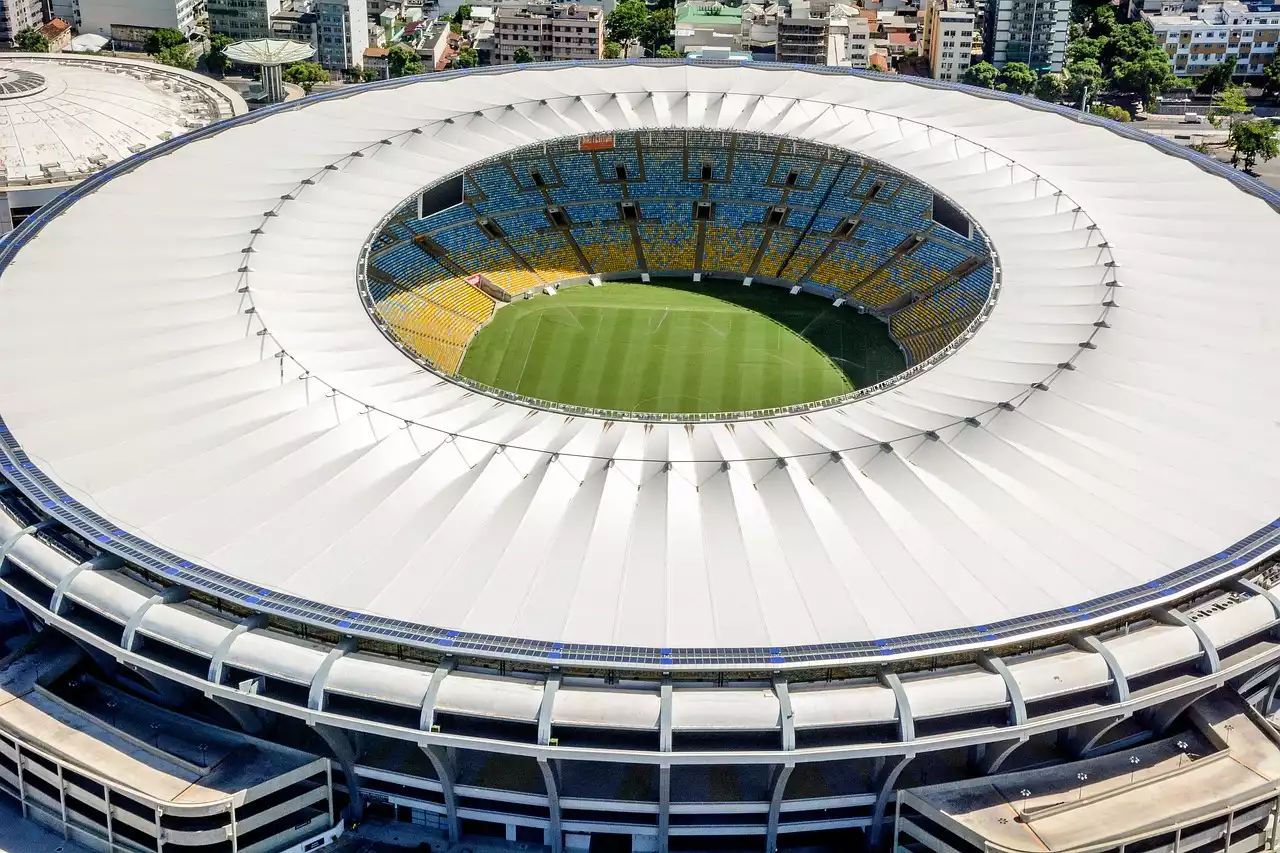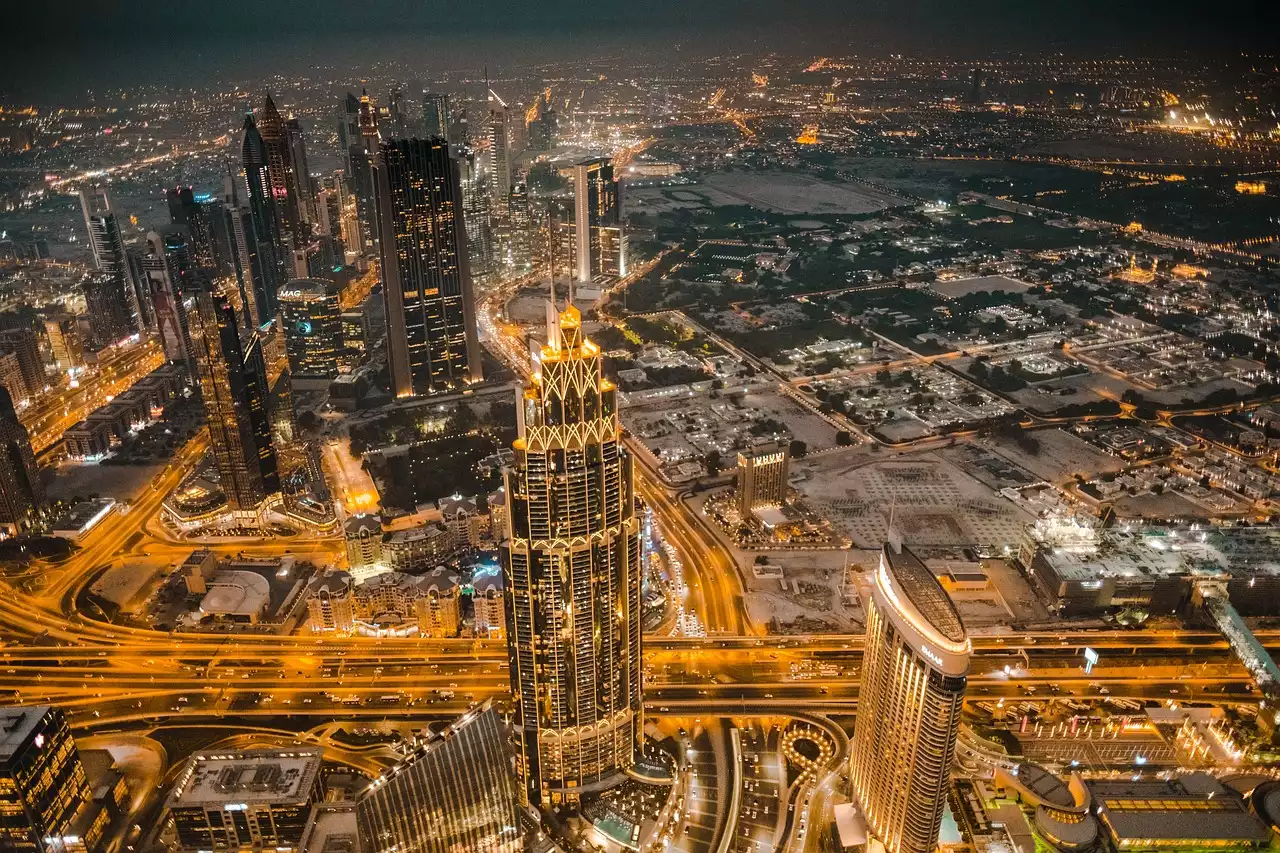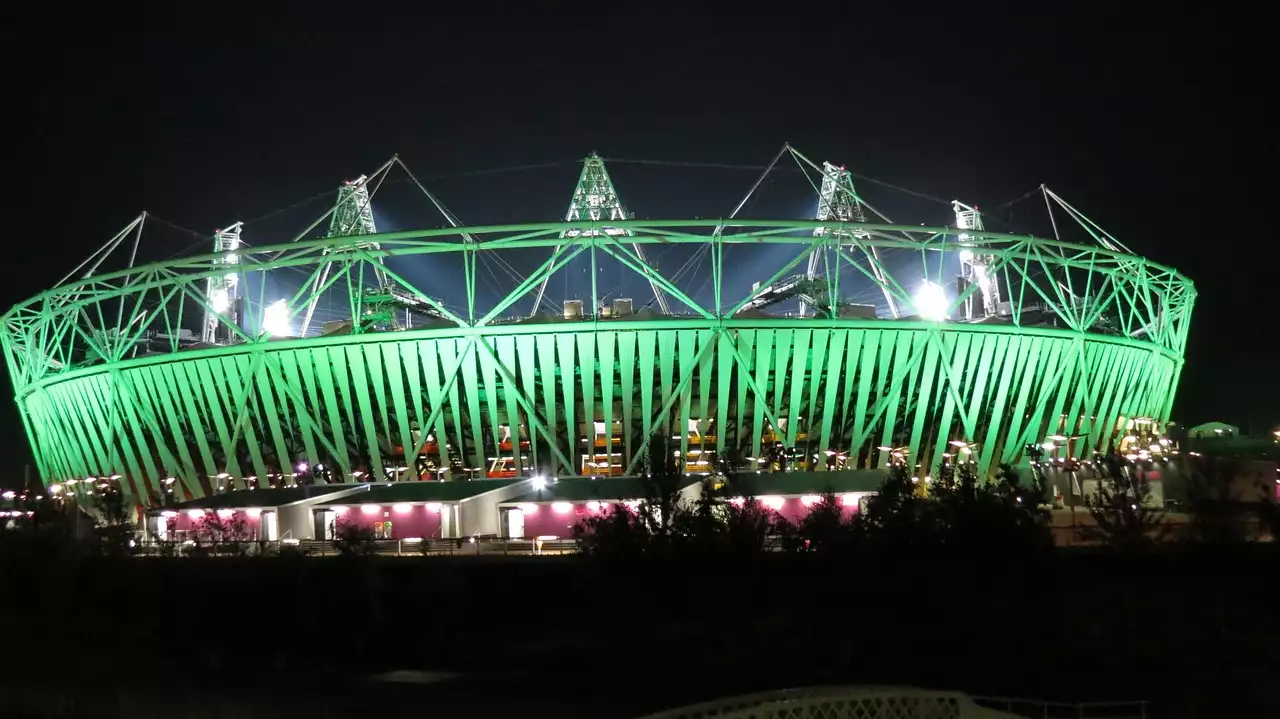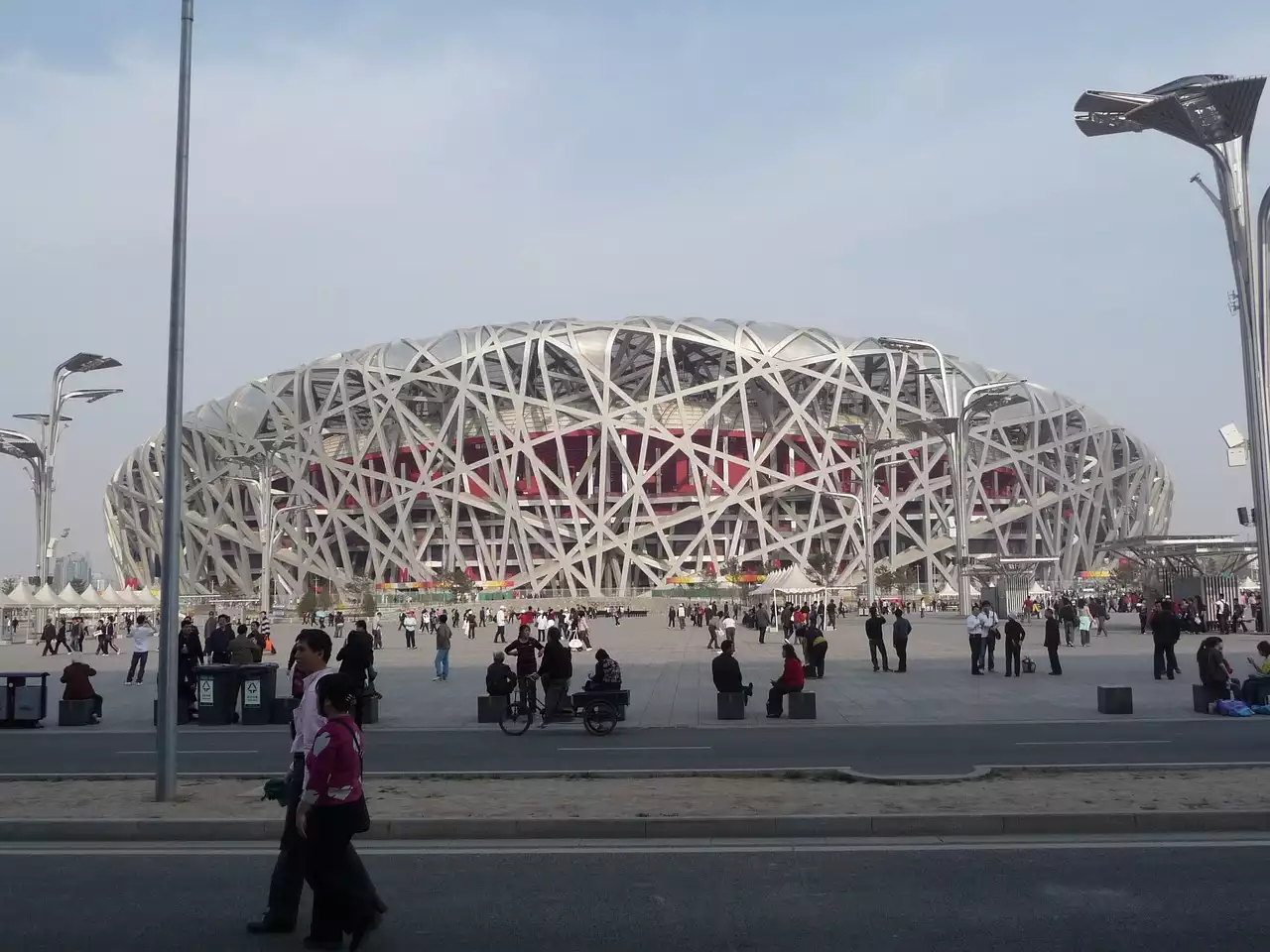Importance of stadium infrastructure in Olympic Football
Stadiums play a vital role in the success of any sporting event, and Olympic football is no exception. The infrastructure of a stadium can greatly impact the overall experience for both players and spectators. From the design and layout to the seating capacity and amenities, every aspect of a stadium is carefully considered to ensure that it meets the requirements of the game and provides an immersive environment for all.
In Olympic football, where teams from around the world compete on the grandest stage, the stadiums need to be able to accommodate large crowds and create an atmosphere that reflects the spirit of the game. These purpose-built stadiums for Olympic football not only showcase the host country's commitment to the sport but also leave a lasting legacy for future generations.
Olympic Football stadiums around the world
Stadium 1: Maracanã Stadium in Rio de Janeiro, Brazil
One of the most iconic stadiums in the world, the Maracanã Stadium in Rio de Janeiro, Brazil, is steeped in history and folklore. Originally built for the 1950 FIFA World Cup, it has since become synonymous with Brazilian football. The stadium underwent extensive renovations for the 2016 Rio Olympics, making it an ideal venue for Olympic football.
With a seating capacity of over 78,000 spectators, the Maracanã offers an unparalleled experience for both players and fans. The stadium's unique design ensures that every seat has a clear view of the pitch, creating an electric atmosphere during matches. Its rich history and cultural significance make it a must-visit for any football enthusiast.
Stadium 2: Beijing National Stadium in Beijing, China
The Beijing National Stadium, also known as the Bird's Nest, was the centerpiece of the 2008 Beijing Olympics. Designed with football in mind, this impressive structure boasts a seating capacity of over 80,000 spectators. The stadium's unique architecture, inspired by traditional Chinese ceramics, has made it an iconic landmark in the city.
During the Olympics, the Bird's Nest hosted numerous football matches, including the men's and women's gold medal finals. The stadium's circular shape and open-air design create an unforgettable atmosphere for fans, amplifying the excitement of the game. Its legacy as an Olympic football venue continues to inspire future generations of athletes and fans alike.
Stadium 3: Olympic Stadium, Berlin, Germany
The Olympic Stadium in Berlin, Germany, holds a special place in Olympic history. Built for the 1936 Berlin Olympics, it was the first stadium to have a fully covered grandstand, setting a new standard for stadium design. While the stadium has since undergone renovations, its original structure and historical significance have been preserved.
The Olympic Stadium has hosted several Olympic football matches, including the finals of the men's and women's tournaments. Its capacity to hold over 74,000 spectators ensures that fans can witness the excitement of the game up close. The stadium's architectural beauty and rich history make it a must-see for sports enthusiasts visiting Berlin.
Legacy and impact of Olympic Football stadiums
The construction of purpose-built stadiums for Olympic football leaves a lasting legacy for host cities and countries. These stadiums become iconic landmarks that showcase the host country's commitment to sport and leave a lasting impression on athletes and fans alike.
Beyond the games themselves, these stadiums often go on to host other sporting events, concerts, and cultural gatherings, further contributing to the growth and development of the host city. They become symbols of national pride and serve as reminders of the unity and camaraderie that the Olympic Games represent.
Challenges in building Olympic Football stadiums
Building purpose-built stadiums for Olympic football comes with its fair share of challenges. The sheer scale and complexity of these projects require careful planning, coordination, and substantial financial investment. From securing the necessary funding to navigating the complexities of construction, every step of the process must be meticulously managed.
Additionally, ensuring that the stadiums meet the requirements of FIFA and the International Olympic Committee adds another layer of complexity. The stadiums must adhere to strict guidelines regarding seating capacity, pitch dimensions, safety measures, and accessibility to ensure a fair and enjoyable experience for all.
Future of Olympic Football stadiums
As the Olympic Games continue to evolve, so too will the stadiums that host the football events. With advancements in technology and sustainability, future stadiums will likely incorporate innovative features that enhance the overall experience for players and fans.
From state-of-the-art facilities and interactive fan zones to sustainable design and energy-efficient infrastructure, the stadiums of the future will push the boundaries of what is possible. They will continue to be a symbol of national pride and a testament to the power of sport in bringing people together.
These purpose-built stadiums for Olympic football represent the epitome of sporting excellence and national pride. From the Maracanã Stadium in Brazil to the Beijing National Stadium in China and the Olympic Stadium in Germany, these venues have left an indelible mark on the history of Olympic football. As we look to the future, we can expect even more impressive stadiums that will continue to captivate and inspire athletes and fans from around the world.










